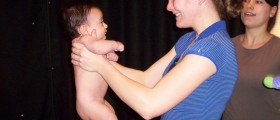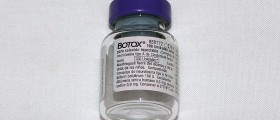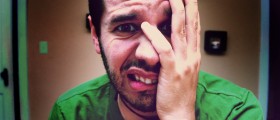
Tethered spinal cord syndrome is actually a group of neurological disorders which are associated with malformations of the spinal cord. There are many forms of the syndrome and all of them have one common characteristic, the pulling of the spinal cord at the base of the spinal canal. The spinal cord is placed inside the spinal canal and is lose and free to move up and down. A tethered spinal cord is rigidly held at the end. In children this syndrome may cause stretching of the spinal cord due to the growth while in adults the stretching occurs in the course of normal activity. The condition must be surgically treated since it may cause serious neurological damage. The condition may be congenital or acquired later in life when it is most commonly a consequence of injury. It may also occur due to the presence of scar tissue as well as any other foreign tissue that blocks the flow of fluids around the spinal cord.
Symptoms and Signs of Tethered Spinal Cord
In children there may be lesions, hairy patches, dimples or fatty tumors on the lower part of the back. There is also a chance of foot and spinal deformities such as scoliosis. Patients may complain about weakness in legs, low back pain and incontinence. Unfortunately, the condition may stay undiagnosed until adulthood. This is when patients start having problems related to sensory and motor nerves, bowel and bladder control. The symptoms and signs occur once the degree of strain placed on the spinal cord increases.
In adults symptoms include intensive pain in the lower part of the back, bilateral muscle weakness and bowel/ bladder incontinence. There is also a variety of neurological signs which actually depend on the degree of damage to sensory and motor neurons.
Surgery for Tethered Spinal Cord
Surgery of tethered spinal cord is indicated in all cases when symptoms and signs begin to worsen. It is essential to make surgical corrections on time and prevent irreversible damage to nerve tissue and consequent neurological deficits.
In children surgery prevents further neurological deterioration. In adults, dethetering of the spinal cord may be effective in reduction of the size and development of cysts in the cord and it also alleviates accompanying symptoms.
The procedure is considered rather safe with minimal chance of complications. However, as in any other surgery complications are possible. Complications associated with untethering include infections, bleeding, damage to the spinal cord, and myelomeningocele. The already impaired muscle, bladder and bowel may additionally lose their function. Fortunately, the previously mentioned complications affect rather small number of patients.




_f_280x120.jpg)











Your thoughts on this
Loading...